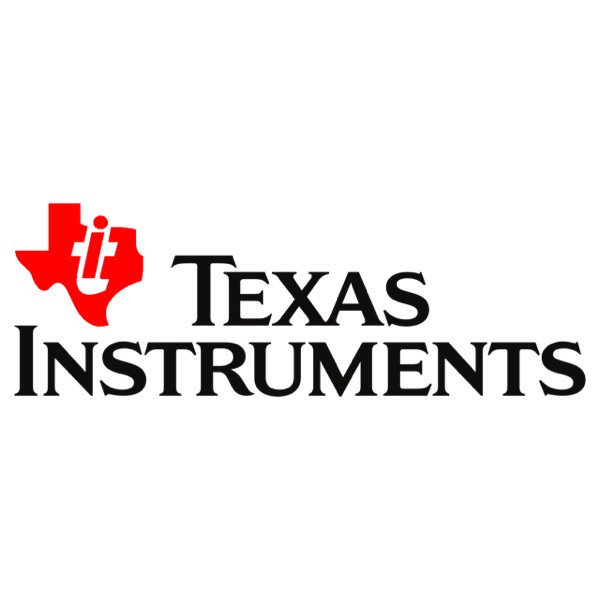Buck battery charger for single-cell Li-Ion and Li-polymer batteries
10-03-2020 | Texas Instruments | Power
Texas Instruments bq25611D 3.0A Buck Battery Charger is a highly integrated switch-mode battery charge management and system power path management device employed for single-cell Li-Ion and Li-polymer batteries. The solution is highly integrated with input reverse-blocking FET (RBFET, Q1), high-side switching FET (HSFET, Q2), low-side switching FET (LSFET, Q3), and battery FET (BATFET, Q4) between system and battery. It offers fast charging with high input voltage support for an extensive assortment of applications, incorporating smartphones and tablets. Its low impedance power path optimises switch-mode operation efficiency, lessens battery charging time, and increases battery run time throughout the discharging phase. Its input voltage and current regulation and battery remote sensing produce maximum charging power to the battery.
The device also incorporates the bootstrap diode for the high-side gate drive for simplified system design. The I2C serial interface with charging and system settings enables the device a truly flexible solution. The device supports a wide range of input sources, including standard USB host port, USB charging port, USB compliant high voltage adapter, and wireless power. The device is compliant with USB 2.0 and USB 3.0 power spec with input current and voltage regulation. The device takes the result from the detection circuit in the system, such as a USB PHY device. The device combines the buck charger and the boost regulator into one solution with a single inductor. It satisfies USB On-The-Go operation power rating specification by providing 5V (adjustable 4.6V/4.75V/5V/5.15V) with a constant current limit up to 1.2A.
The Power Path management regulates the system slightly above battery voltage but does not fall below 3.5V minimum system voltage (programmable) with an adapter connected. With this feature, the system continues operation even when the battery is entirely depleted or removed. When the input current limit or voltage limit is reached, the Power Path management automatically decreases the charge current. As the system load continues to progress, the battery begins to discharge until the system power demand is met. This supplement mode stops overloading the input source.
By Natasha Shek

bq25611D

